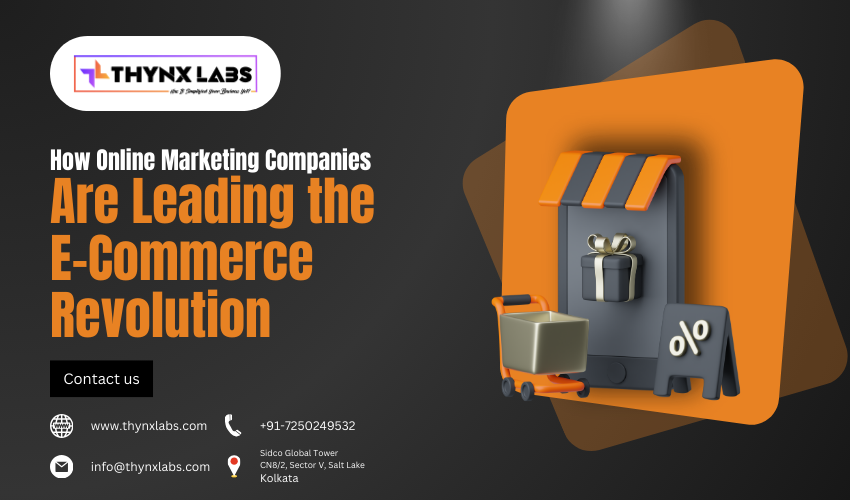E-commerce Website for Maximum Conversions
Transformative Strategies: Redesigning an E-commerce Website for Maximum Conversions
In the competitive world of e-commerce, the design and functionality of a website play a pivotal role in influencing customer behavior and driving conversions. This article explores essential strategies for redesigning an e-commerce website with a focus on optimizing the user experience and enhancing the conversion journey. By leveraging intuitive design, prioritizing mobile responsiveness, streamlining the checkout process, and integrating persuasive elements, businesses can revitalize their online presence and boost conversion rates.
Navigating the Path to E-commerce Excellence
Redesigning an e-commerce website is more than a visual overhaul; it's an opportunity to strategically enhance user engagement and facilitate seamless transactions. The following strategies offer a roadmap for businesses seeking to revamp their e-commerce platforms for optimal conversions.
1. Intuitive and User-Centric Design
An intuitive and user-centric design is the foundation of a successful e-commerce website. Prioritize simplicity and clarity in navigation, ensuring that visitors can easily find products and information. Thoughtful placement of call-to-action buttons, clear product categorization, and a visually appealing layout contribute to a positive user experience.
2. Prioritize Mobile Responsiveness
With a significant portion of online shopping occurring on mobile devices, ensuring mobile responsiveness is paramount. Redesign your e-commerce website with a mobile-first approach, optimizing the layout and functionality for smaller screens. A seamless mobile experience not only improves user satisfaction but also positively impacts search engine rankings.
3. Streamline the Checkout Process**
A lengthy and complicated checkout process can result in abandoned carts. Streamline the checkout process by minimizing the number of steps and asking for essential information only. Implement features like guest checkout, address autofill, and progress indicators to enhance the efficiency of the checkout experience and reduce friction.
4. Implement Persuasive Product Pages
Product pages serve as virtual storefronts, and their design directly influences purchasing decisions. Implement persuasive elements such as high-quality product images, detailed descriptions, customer reviews, and clear pricing information. Highlighting key features, benefits, and unique selling propositions creates a compelling case for visitors to make a purchase.
5. Optimize Site Speed for Better Performance
Site speed is a critical factor in user satisfaction and search engine rankings. Optimize the performance of your e-commerce website by compressing images, leveraging browser caching, and minimizing unnecessary scripts. A fast-loading website not only enhances the user experience but also reduces bounce rates and improves conversion rates.
6. Incorporate Trust-Building Elements
Building trust is essential for e-commerce success. Incorporate trust-building elements throughout your website, including secure payment gateways, prominent display of security badges, clear return policies, and transparent communication of shipping costs. Building trust instills confidence in visitors and encourages them to complete transactions.
7. Leverage Personalization for Enhanced User Experience
Personalization enhances the relevance of the shopping experience for individual users. Implement features such as personalized product recommendations, tailored content based on browsing history, and dynamic pricing strategies. Personalized experiences foster a sense of connection and increase the likelihood of conversion.
8. Invest in Robust Analytics and Testing
Redesigning an e-commerce website is an iterative process that requires continuous improvement. Invest in robust analytics tools to track user behavior, monitor conversion funnels, and identify areas for optimization. Conduct A/B testing to experiment with different design elements, calls-to-action, and features, using data-driven insights to refine your website over time.
Conclusion
Redesigning an e-commerce website is a transformative journey that demands a strategic approach focused on user experience and conversion optimization. By embracing intuitive design, prioritizing mobile responsiveness, streamlining the checkout process, implementing persuasive product pages, optimizing site speed, incorporating trust-building elements, leveraging personalization, and investing in robust analytics and testing, businesses can elevate their online presence and maximize conversions. Navigate the competitive e-commerce landscape with a user-centric redesign, captivate your audience, and propel your business towards sustained success in the digital marketplace.


